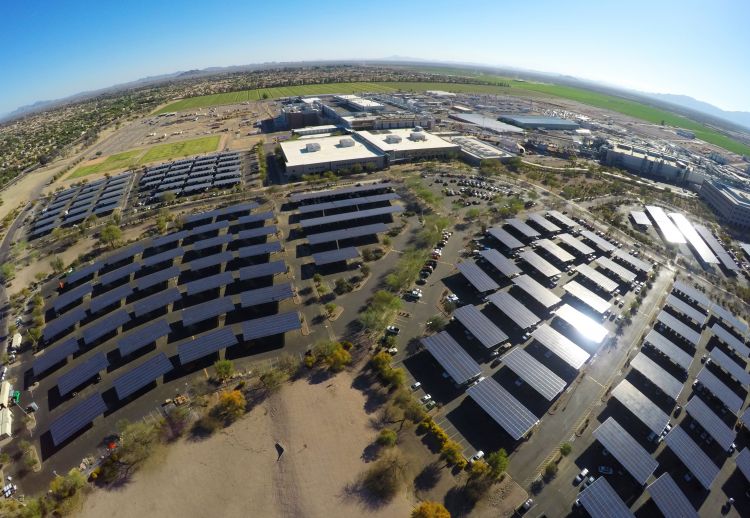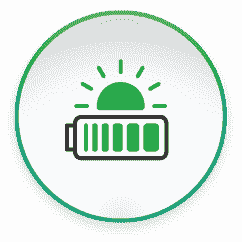Buncombe County has invested over $10 million in the past few years to install solar panels in many of its municipal buildings and most of Asheville City Schools.
“We went from having zero solar projects to a whole bunch of solar projects in a real short order,” said Jeremiah LeRoy, Buncombe County sustainability officer.
Those projects mean the county will rely a lot less on energy derived from burning fossil fuels, the primary cause of climate change. The county also expects big cost savings.
A few days before Helene hit, LeRoy had another benefit in mind. He said these schools could one day make natural community hubs after a storm. They had all the right infrastructure: commercial kitchens, showers and plenty of space for people to congregate.
Helene knocked out power to more than 1 million people in North Carolina. Parts of Asheville didn’t have power for over a week. Cell coverage remains spotty in some areas. This would have been the perfect time to tap into some free energy from the sun and power up a satellite hotspot.
There’s just one problem: Like most solar systems, none of Buncombe County’s has battery power, which you need to generate solar energy during a blackout.
“You might think that when you install solar that you have the ability to keep your lights on at any given time,” said Matt Abele, executive director of NC Sustainable Energy Association. “If you don’t have a battery to go with that, that might not be the case.”
Read more: WHQR






